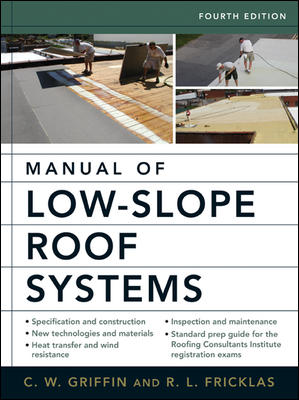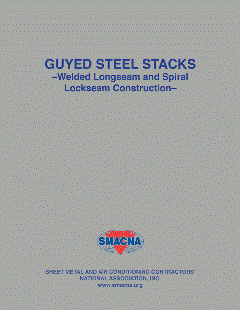Roofing Contractor Sales and Estimating Efficiency
Use technology to be more efficient in processing the estimate, but don’t look for technology to make the sale




Fax machines, email, texting and many other technological efficiencies are supposed to make our lives easier. Unfortunately, we can be held hostage by these constant interruptions. This instant-communication ‘insanity’ has a way of overtaking our priorities. While communication has changed, roofing is still a business of estimating/selling and installing work.
So how does a roofing contractor remain profitable and efficient? By focusing on the tasks that generate profits. For most contractors, this is their ability to efficiently procure and install jobs.
Procuring jobs tend to fall into a couple of categories. Let’s start with commercial projects. Commercial estimating requires either taking details off of blueprints or measuring existing jobs. Numerous types of electronic estimating tools — like satellite imaging — exist, and contractors must go digital to survive the commercial bidding process. If not, they can’t keep up with frequent change orders and addendums.
But even if roofing contractors use the most efficient estimating technologies, they must also treat estimating as a profit center. General contractors, developers and building owners will let you constantly quote their work. In fact, many cast broad nets hoping to get multiple prices.
Estimating takes time and costs money. Know that the majority of price gatherers are not the decision makers. Also know your cost per estimate, and don’t let estimators blindly quote work and track estimate success by: type of work; customer; or other factors.
Qualify potential customers before blindly quoting work. Be slower to estimate and quicker to ask questions and connect with customers. One of the advantages to paper drawings was that in many cases you met potential customers when you picked drawings up. Today, the actual buyers and decision makers are a little like “big foot.” You’ve heard of them but you’ve never really see one. If you can, meet with potential commercial customers and develop a strategy.
Suppose a commercial estimator is paid $50-$60k. Add payroll taxes and insurance and you easily have an annual investment of $75,000 or more. Divide $75,000 by 2,000 hours (40 hours a week, 50 weeks a year) and you’ll come up with a cost of $37.50 per hour. If it takes all day or eight hours to estimate a job, you’ve spent $300. Do you and your estimators realize you’re spending $300 each time you do this?
Residential sales and estimating can also benefit from technology. If you can measure and calculate estimates more efficiently, this leaves more time to talk with the customer and do more estimates. Less complicated jobs should be estimated on the spot. Software packages are available for an iPad or you can set up a printer and laptop in your vehicle. However, you can’t let the efficiency of technology turn you into a drive-by estimator. The residential sales process is about connecting with people, not just producing quotes.
I find it curious that so many residential sales people sell so little and fail to understand their efficiency. Suppose it takes two hours for each residential estimate and your average job size is $5,000. If you average nine estimates per week and close 1/3, you’d spend 18 hours estimating and sell three jobs per week. That would equal $15,000 in sales a week or $750,000 annually based on a 50-week year. Suppose it took three hours to do the estimate and meet with the customer, that’s still only 27 hours a week of sales time. Of course spring and fall may be busier, but what contractors don’t work longer hours in the spring and fall? I know many contractors are hesitant to estimate residential jobs on the spot. But not doing so is a colossal waste of time, and most customers that have two working breadwinners appreciate an opportunity to get the estimate over and done with.
The other reason you want to estimate on the spot has to do with fast brain, slow brain. All calculations take place in slow brain. It takes a while to make that transition and think about the job. If you do the estimate later, you have to think about the job all over again and that wastes time. It’s much less stressful and efficient to do the estimate while there. Stop hurrying from estimate to estimate and building a massive stack of estimates you’re dreading to do at a later time. Slow down and do them on the spot. It’s much less stressful.
Technology can be tough to learn and it’s a generational thing. However, if you’re 50 years of age, statistics show it will be 15 to 17 years before you retire. That’s too long to be locked out of the technology process. Hire a college kid as your coach and let them teach you. Once you get a foothold, the rest will be easier.
Use technology to be more efficient in processing the estimate but don’t look for technology to make the sale. People buy through connection and understanding your bid, not an emailed quote. Don’t know the exact price because you have to check on a product’s cost or some other detail? Ballpark it and test close: “Looks like this is going to be between $5,000 and $5,500, how does that sound?”
What’s the worst that will happen? They’ll tell you no. Look in the mirror, it’s not like it’s the first time that happened. No other change will make your life more efficient and less stressful than by calculating estimates on the spot.
Looking for a reprint of this article?
From high-res PDFs to custom plaques, order your copy today!











